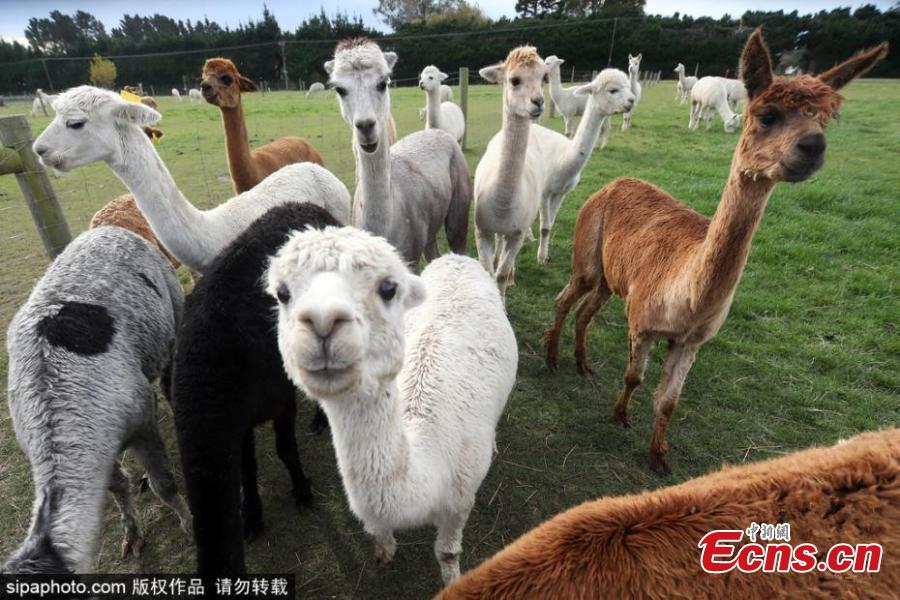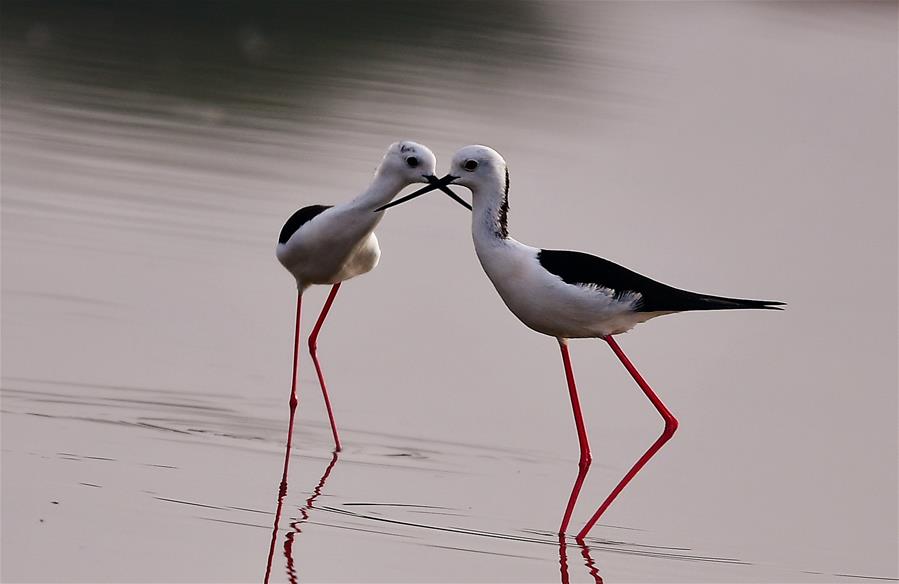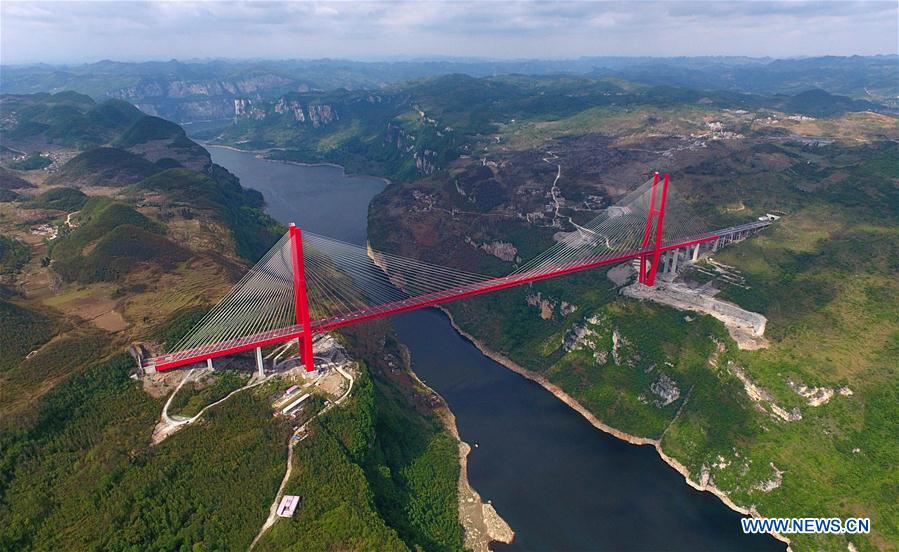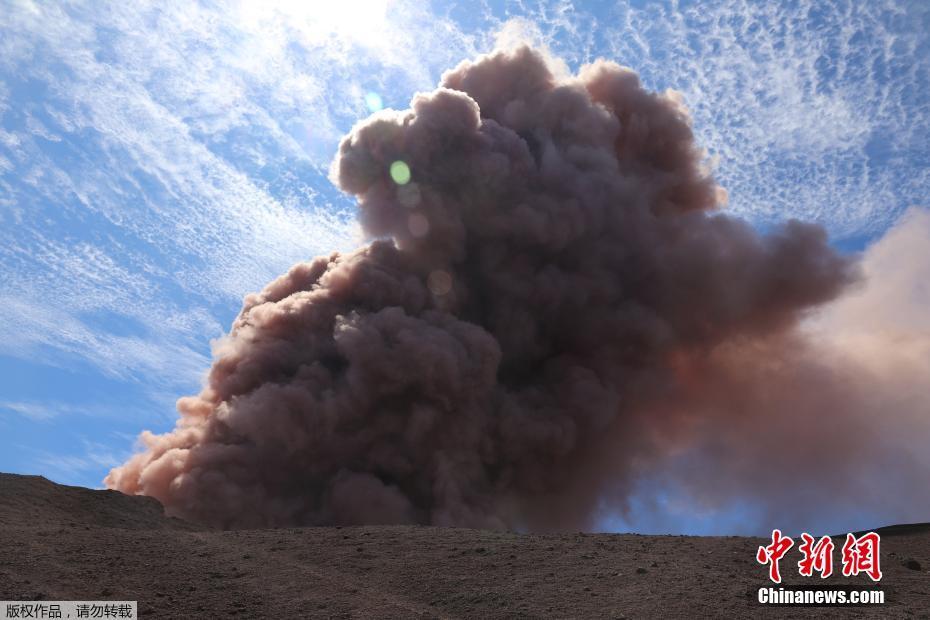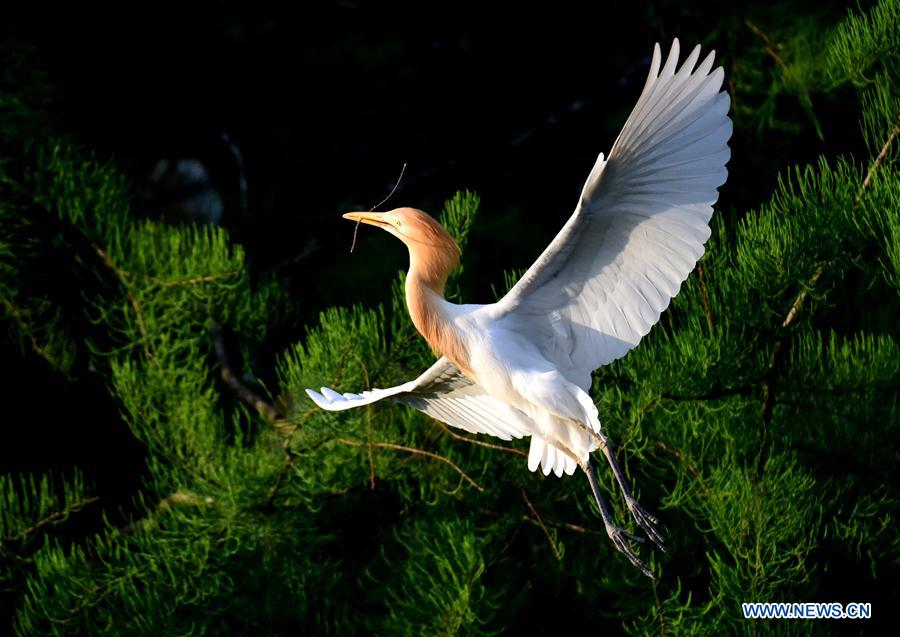Conservationists say they have sighted a critically endangered Chinese river dolphin in the Yangtze River.
A baiji, a Chinese dolphin also known as the Goddess of Yangtze, was reportedly spotted and photographed in eastern Anhui Province.
“We sighted a Baiji majestically swimming in the river. We followed it from Heishazhou to Tongling. As evidence we also took the photographs,” said Qian Zou, head of Enterpriser Photography Nature Fund (EPNF).
In 1996, the International Union for Conservation of Nature (IUCN) declared baijis as critically endangered and possibly extinct. The IUCN Red List of Threatened Species is of species whose population plummets below 500 individuals.
The falling number of Baijis prompted a comprehensive visual and acoustic survey in 2006 to ascertain their population size in the Yangtze River. The extensive exercise failed to find even a single one.
Surveyors had commissioned two research vessels to glean through the dolphin’s prominent habitat located from Yichang to Shanghai. Another vessel towed a hydrophone to listen for baiji whistles and clicks.
In 2012, researchers launched another expedition to trace the baijis, but the mission ended with similar results. Relying on the surveys’ findings, IUCN declared the species “functionally extinct” in 2007.
Barely a few months later, a "confirmed" sighting was reported. But the IUCN responded, “One of the assessors received reports and hazy video footage of a Baiji sighting in the Tongling area of the Yangtze in 2007, but the species identification could not be confirmed.” After a thorough probe, experts said the marine creature was a finless porpoise.
In 2016, amateur investigator Song Qi announced another baiji sighting during a seven-day expedition in the Yangtze River. In the recent years, student researchers and fishermen also reported sightings, but could not provide photographic, video or acoustic evidence.
“We have reported the sighting with visual proof to Chinese experts including Hua Yuyuan and Zhang Minghao, and are seeking scientific support from IUCN’s specialists,” maintained Zou.
The dolphin’s population sharply dropped due to unsustainable fishing, pollution, construction of dams in the Yangtze River, experts claimed.














